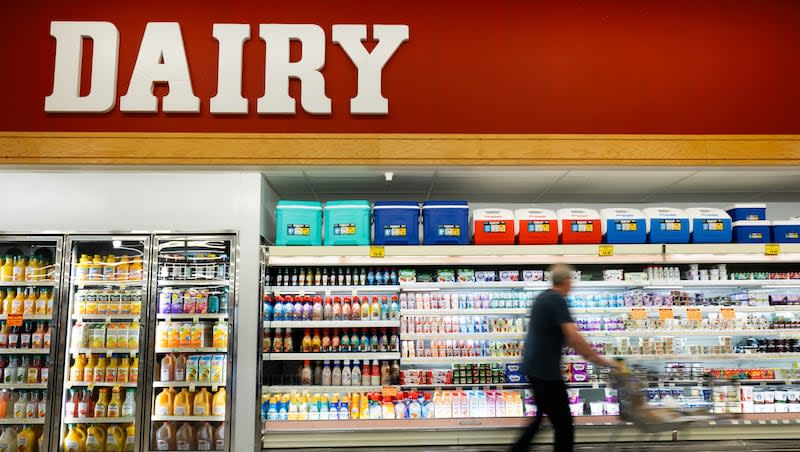USDA finds Americans spending more on food since 1991

2022 data recently reported by the USDA claims that more money is being spent on groceries and restaurants in the U.S. than in the past 30 years.
The government agency’s report stated that in 2022, American consumers, businesses and government agencies paid over $2 trillion on “food and beverages in grocery stores and at other retailers as well as on away-from-home meals and snacks.”
CBS News mentioned that U.S. consumers spent over 11% of their disposable income towards eating at a restaurant or at home, which is reportedly the highest rate seen since 1991.
Specifics about the USDA’s findings
Although the total of food spending went down to about $1.8 trillion in 2020 — mostly due to the COVID-19 pandemic — at-home spending and away-from-house spending both increased significantly since 2021, more significantly in 2022.
For example, food spending away-from-home rose from $1.16 trillion in 2021 to $1.34 trillion in 2022. And for at home, it increased from $954 billion in 2021 to $1.05 trillion the following year, per the report.
Additionally in their report, the USDA visualized their findings in the form of a dollar bill, representing the “typical dollar spent in 2022 by U.S. consumers on domestically produced food.”
From their findings, more than one-third of the “food dollar” was spent specifically on ordering and eating out from foodservice locations. The remaining amount of it went into retail trade, wholesale trade and food processing — all of which reportedly went down in shares.
How inflation played a role in the report
Business Insider shared that high food prices, along with general inflation, have significantly cut into consumer budgets.
As an example, the cost of eating out jumped up to a little over 5%, year-on-year, in Jan. 2024 — more than the “overall inflation figure of 3.1%,” reported Business Insider.
Despite inflation rates reportedly cooled down prices of groceries and restaurant visits continue to increase and become overwhelming for some consumers.
Jesse Newman, a food reporter for the Wall Street Journal, told CBS, “Consumers are telling us that they’re starting to do things like forgo treats when they go out to eat. So they’ll share a meal, or they won’t buy booze, or they won’t buy dessert. So it’s an uphill battle.”
CBS added that by the end of last year, consumers were paying “nearly 20% more for the same basket of groceries” than from two years ago.
Nestlé's CFO François-Xavier Roger shared to Business Insider that the “historically high level of inflation” has caused some shoppers to buy fewer products as prices keep increasing.
Has ‘Shrinkflation’ played a role in food costs?
The downsizing practice informally known as “shrinkflation” — when a company condenses its products in quantity or size — has led some companies to keep products at regular prices, or, as Deseret News claimed, even raise them.
According to Business Insider, however, companies have refrained from this practice in favor of simply raising food prices.
Kellanova CEO Steve Cahillane shared that despite the higher prices, “people get begrudgingly used to it,” per Business Insider.

